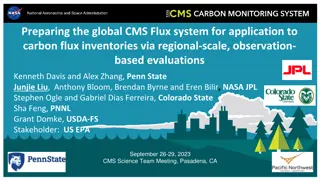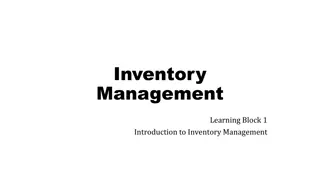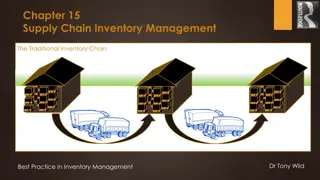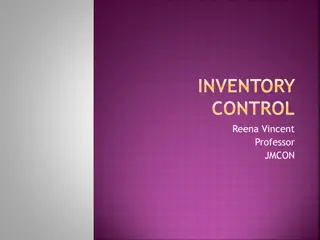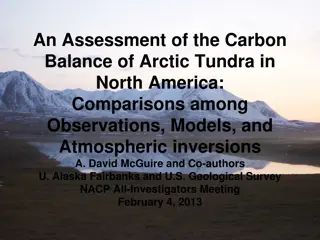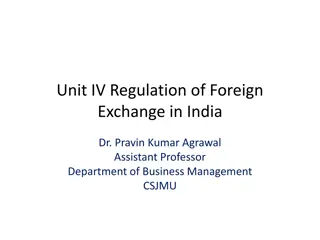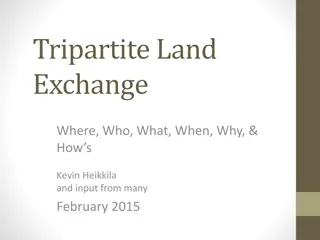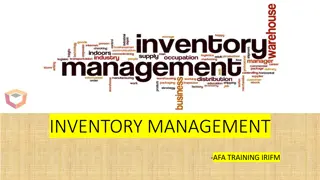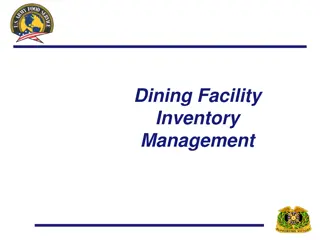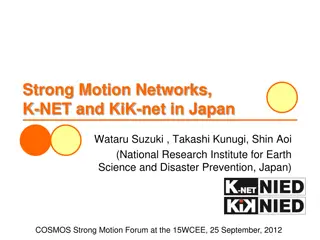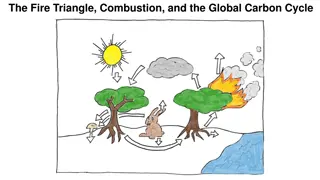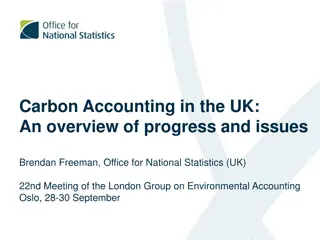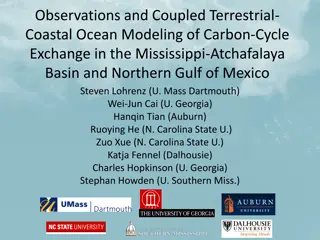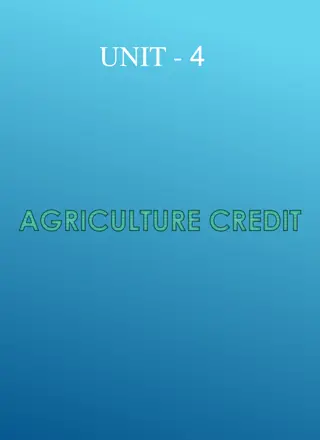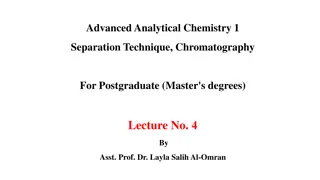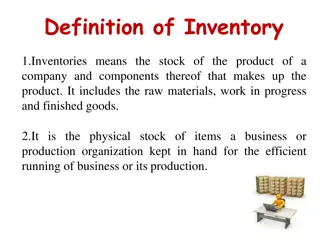Estimating Global Inventory-Based Net Carbon Exchange from Agricultural Lands
This study aims to quantify global agricultural carbon fluxes by considering above- and belowground crop biomass, crop residues, livestock interactions, and human food intake. The methods involve combining inventory data and spatially resolved estimates of Net Carbon Exchange (NCE). Satellite-based land cover data and human population distributions are utilized for spatial distribution analysis. Uncertainty is assessed through probability density functions and Monte Carlo Analysis.
Download Presentation

Please find below an Image/Link to download the presentation.
The content on the website is provided AS IS for your information and personal use only. It may not be sold, licensed, or shared on other websites without obtaining consent from the author. Download presentation by click this link. If you encounter any issues during the download, it is possible that the publisher has removed the file from their server.
E N D
Presentation Transcript
Estimating Global Inventory-Based Net Carbon Exchange from Agricultural Lands for Use in the NASA Flux Pilot Study Julie Wolf, Yannick Le Page and Tris West Joint Global Change Research Institute CMS 2014 Science Team Meeting
Objectives: Quantify global agricultural carbon fluxes: - -
Objectives: Quantify global agricultural carbon fluxes: Above- and belowground crop biomass Harvested and removed crop biomass Crop residues left on field Crop net primary productivity (NPP) Livestock intake of crop harvests and crop residues Livestock forage/grazing of non-crop carbon Human intake of crop- and livestock-based food
Objectives: Quantify global agricultural carbon fluxes Quantify agricultural net carbon exchange (NCE) and construct carbon budget Distribute carbon fluxes at 0.05 degree scale for 2005 - 2011 Estimate uncertainty for all carbon fluxes
Methods: Combine Inventory data for crops, livestock, and human populations (1961 2011) Carbon coefficients Satellite-based land cover (2005 base year) to create spatially resolved estimates of NCE
Methods: NCE = -NPP + belowground biomass + residue + food intake + fodder intake (ignoring changes in soil carbon, eq. simplifies to) NCE = -harvest + food intake + fodder intake
Methods: Spatial distribution: Crops MODIS 500m landcover product (2005), cropland area reconciled to match reported harvested areas. Livestock estimated area requirements for housed and free-ranging populations placed on grassland and shrubland; also on croplands in dense areas Humans SEDAC 2005 Gridded Human Population of the World.
Methods: Uncertainty: Develop probability density functions for all coefficients, based on range in published values. Monte Carlo Analysis of complete mathematical model for each flux quantity.
Results: Crop harvest, NPP, and area
Results: Crop NPP spatial distribution
Results: Regional NCE and spatial distribution (NCE = -harvest + food intake + fodder intake)
Results: Global agricultural budget
Results: Global agricultural budget agricultural losses post-harvest losses food supply chain losses/waste
Results: Global agricultural budget Detailed livestock intake: crop residues primary harvest hay and fodder crops forage/grazing
Conclusions: Objectives completed Manuscript completed: Biogenic carbon fluxes from global agricultural production and consumption Data available include spatial distributions, coefficients developed, crop residue, livestock feed sources, and livestock manure production.





